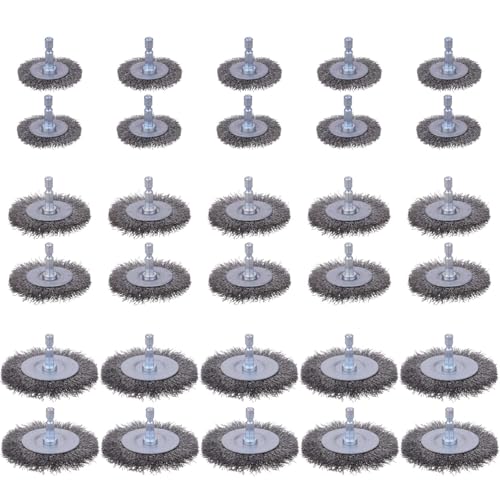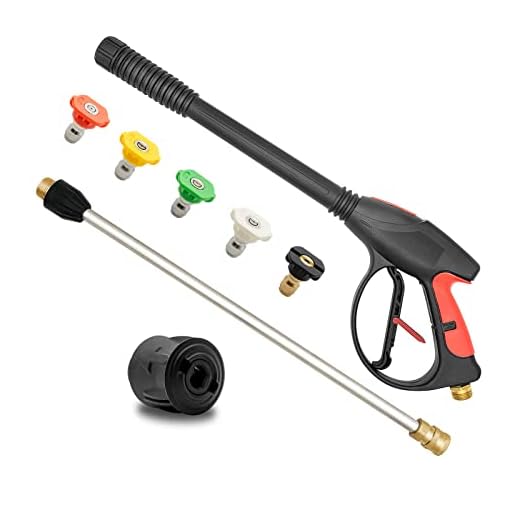
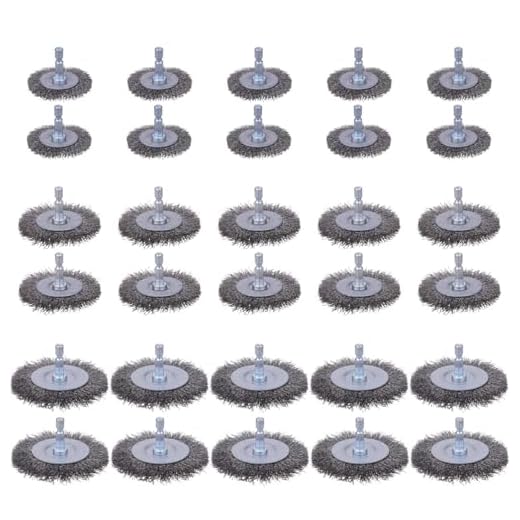
To maximise cleaning tasks, consider integrating a sandblasting attachment with your high-pressure unit. This combination effectively removes stubborn substances such as paint, rust, and grime from various surfaces with precision.
The mechanism involves a dual approach: high-pressure water and abrasive material. The device draws sand or another abrasive medium into the water jet stream, propelling it with significant force onto the targeted area. This powerful blend efficiently strips away unwanted layers, leaving surfaces prepared for refinishing or repainting.
Ensure compatibility between the attachment and your power cleaner’s specifications. Operating at the correct pressure rating optimises its performance and prevents damage to both the equipment and the surface being treated. Regularly check the nozzle and media feed to guarantee consistent flow and maximise results.
By regularly maintaining your setup and selecting the right abrasive for the job, you will achieve exceptional cleaning results, transforming time-consuming projects into manageable tasks while ensuring high efficiency.
Understanding the Principle of Operation
The foundation of functionality lies in the synergy between high-velocity water jets and abrasive materials. A robust motor generates a powerful stream of water, significantly amplifying pressure. This pressurised water exits through a specially designed nozzle, creating a concentrated spray. Adding fine granules, typically silica sand or other abrasives, intensifies the cleaning efficiency.
<pAbrasive particles are drawn into the system via a venturi effect, where the rapid water flow creates a vacuum that pulls in the media. This mixing process is essential, as it ensures an even distribution of abrasive and water. The resultant slurry exits the nozzle at high speeds, enabling the removal of stubborn contaminants from various surfaces.
The angle and distance from which the mixture is applied greatly influence effectiveness. Maintaining the correct distance prevents surface damage while ensuring optimal impact. A consistent motion aids in uniform cleaning, preventing streaks or unevenness in the finish.
Operational maintenance is paramount. Regular checks on the nozzle and hose connections ensure unobstructed flow, while monitoring abrasive levels guarantees sustained performance. Adhering to these guidelines not only prolongs equipment lifespan but also maximises cleaning output.
Key Components of a Pressure Washer Sandblaster
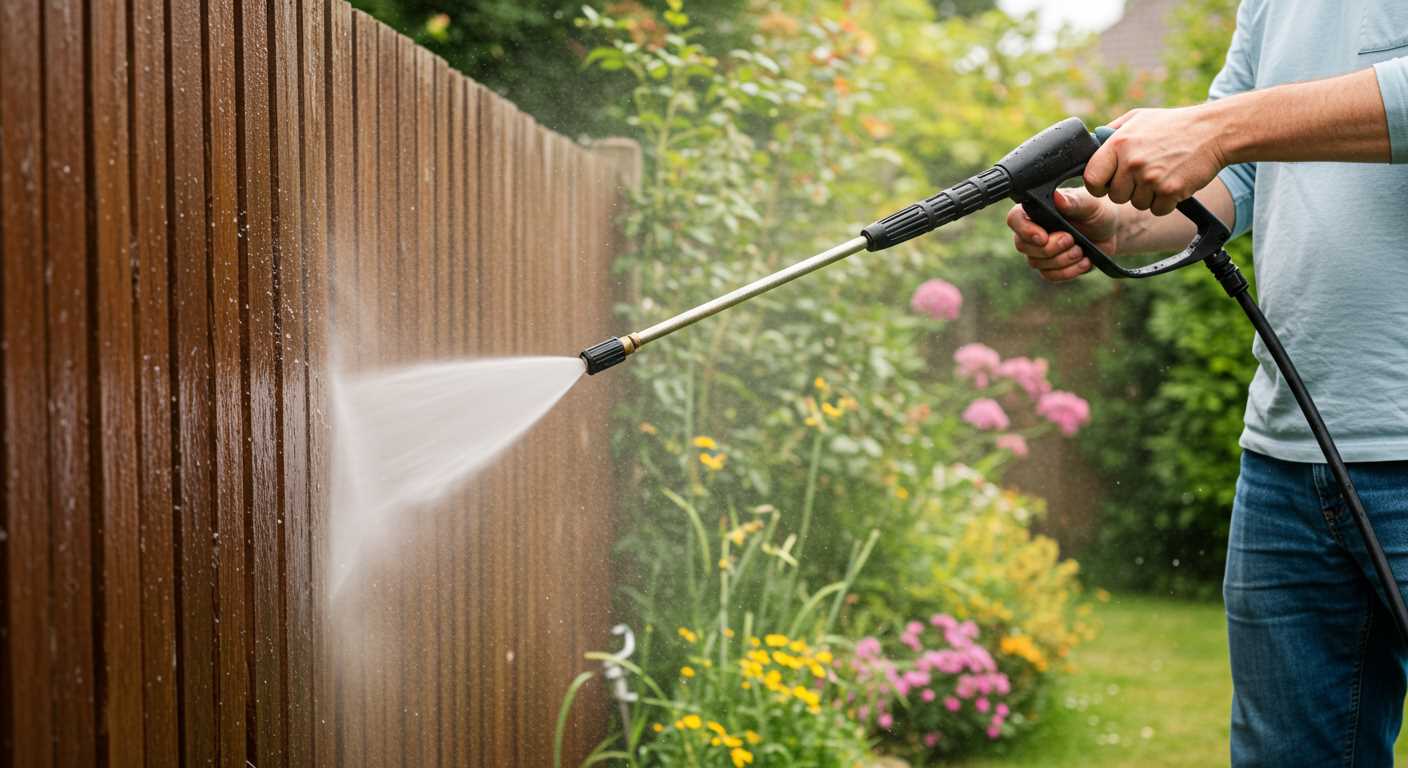
A suitable nozzle is fundamental, as it regulates the jet’s intensity and pattern. An adjustable nozzle allows for versatility, enabling different cleaning tasks and material compatibility.
The media hopper serves a critical role, holding abrasive materials like sand or garnet. It should be large enough to minimise interruptions during use. Look for models with a clear view window to monitor the media level easily.
An efficient siphon system is pivotal. It draws the abrasive material into the high-pressure water stream. Ensure the hoses are well-sealed to prevent leaks, which can compromise performance.
The pressure regulator ensures the output remains consistent, protecting your surfaces from potential damage caused by fluctuating pressure levels. Adjustability here is beneficial for various applications.
<p.A durable mixing chamber is necessary to combine high-pressure water with the abrasive. Its design should allow for a seamless flow, reducing the risk of blockages during operation.
<p.A solid frame is essential for stability during use. A well-balanced setup prevents tipping and allows for easier manoeuvrability while working in different environments.
<p.Power source matters, too. Whether electric or petrol, ensure it aligns with your requirements. Each type has its advantages, depending on mobility and available power sources for your tasks.
<p.Regular maintenance of each component, such as cleaning nozzles and checking hoses for wear, maximises the longevity of the equipment and its effectiveness during cleaning jobs.
Types of Abrasive Materials Used in Sandblasting
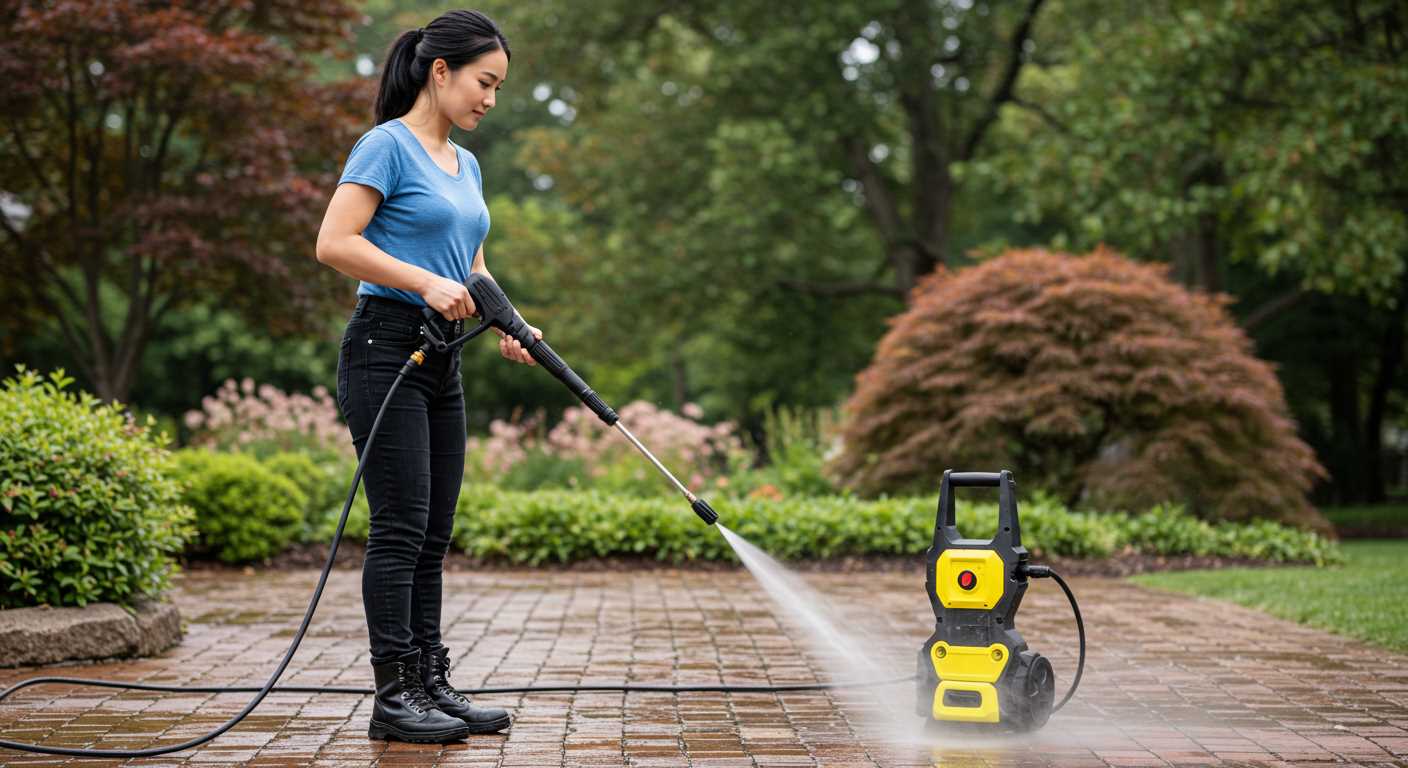
Selecting the right abrasive material significantly impacts the effectiveness of surface preparation. Here are common options I recommend based on my experience:
- Silica Sand: Widely used for general cleaning and etching; however, ensure you take precautions due to health risks associated with inhalation.
- Aluminium Oxide: A sharp, hard material ideal for heavy-duty applications and removing tough coatings. It’s reusable and lasts longer than other abrasives.
- Garnet: This natural mineral offers low dust levels and is perfect for delicate surfaces. It’s effective in both wet and dry blasting.
- Glass Beads: Best suited for achieving a smooth finish without altering the substrate. Ideal for cleaning, deburring, and polishing metal.
- Soda (Bicarbonate of Soda): A gentle medium for soft surfaces, it’s great for removing paint without damaging the underlying material.
- Walnut Shells: An organic abrasive that’s non-toxic and biodegradable, perfect for cleaning delicate parts or soft surfaces.
- Steel Grit: Utilised primarily for aggressive cutting and surface profiling, great for high-impact applications.
Consider the material you’ll work with when choosing the abrasive. Each type offers unique advantages suited to specific tasks, ensuring optimal results in your cleaning and restoration projects.
Setting Up Your Equipment for Abrasive Blasting
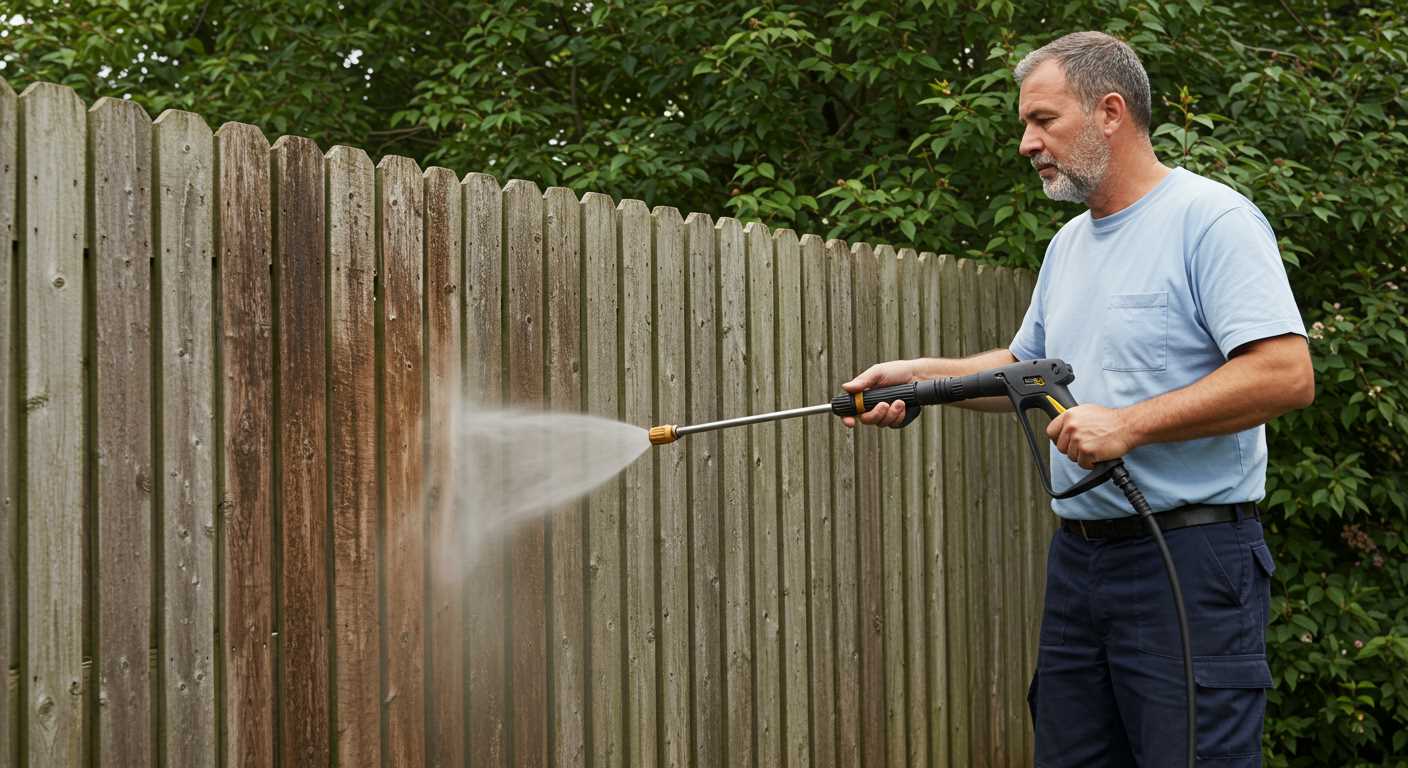
Begin with carefully inspecting your high-pressure cleaner to ensure it’s in optimal condition. Check the oil levels, hose connections, and nozzle. A thorough examination prevents issues during operation.
Attach the abrasive blasting attachment, ensuring it fits tightly to avoid any leaks. Most setups require a venturi mixing tube that combines the cleaning solution and abrasive material. Adjust the mixing tube’s placement according to the specifications provided by the manufacturer.
Connection and Configuration
Ensure the water source is steady and meets the required flow rate. Attach the water supply hose securely to prevent disconnections. Verify that the inlet filter is clean to avoid clogs during usage.
Adjust the pressure settings on the device to match the requirements of your specific project. Generally, higher pressure levels yield better results for tougher surfaces, while lower settings are adequate for delicate tasks.
| Aspect | Recommendation |
|---|---|
| Abrasive Material | Use high-quality abrasive, such as aluminium oxide or silica sand, based on the surface you are treating. |
| Mixing Ratio | Follow manufacturer guidelines for the correct ratio of water to abrasive; typically, a 1:1 ratio works well. |
| Nozzle Size | Consider a larger nozzle for broad areas and a smaller one for precision work, adjusting as needed. |
Final Checks Before Use
Conduct a test run of the assembly without abrasive to check for leaks and consistency in water flow. Maintain awareness of the environment where you’re working, ensuring adequate ventilation and safety precautions. Wearing the appropriate personal protective equipment, such as goggles and a mask, is indispensable during operation.
Once the setup is complete and functioning efficiently, the sanding or abrasive blasting tasks can be undertaken effectively, ensuring a thorough and cleaner finish on the surfaces treated.
Common Applications of Sandblasting with a Pressure Washer
Utilising an abrasive blasting setup with a high-pressure cleaner equips you with the versatility to tackle various cleaning and restoration tasks. Below are some practical applications where this method excels:
Surface Preparation
- Metal Components: Ideal for removing rust, old paint, or any contaminants from metal surfaces, ensuring proper adhesion for new coatings.
- Concrete and Masonry: Excellent for cleaning driveways, patios, and walls from stains, grime, and old sealants.
Restoration Projects
- Automotive Restoration: Efficient in stripping paint and preparing parts for refinishing without damaging underlying surfaces.
- Wood Restoration: Useful for removing old finishes from wooden decks and furniture, allowing for rejuvenation and staining.
Industrial Uses
- Pipelines: Cleans and prepares pipes for inspections or repairs, ensuring optimal compatibility with coatings or repairs.
- Durable Equipment: Maintains shipping containers and industrial machinery by removing surface contaminants and ensuring longevity.
Mixing different abrasives can enhance cleaning efficiency depending on the specific task. Testing various materials like glass beads for softer applications or steel grit for more robust surfaces can yield optimal results.
When taking on these tasks, be sure to wear appropriate personal protective equipment and ensure the work area is secured to avoid unintended damages or injuries. Combining the right equipment with thorough knowledge amplifies results significantly.
Safety Precautions During Sandblasting Procedures
Always wear a respirator to protect your lungs from fine dust particles. A properly fitted mask can prevent inhalation of harmful abrasives and other contaminants released during the process.
Use high-quality eye protection, such as a full-face shield or safety goggles, to prevent eye injuries from abrasive materials. The force of the materials being used can cause serious harm to your vision.
Protective Clothing and Gear
Don sturdy, durable clothing, including gloves and steel-toed boots, to shield your skin from sharp particles. Long sleeves and pants can prevent abrasions and cuts from flying debris.
Ensure that your workspace is well-ventilated. Poor air circulation can increase the concentration of harmful dust, making it vital to work with exhaust fans or in open areas, if possible.
Equipment Safety Checks
Before using any equipment, conduct thorough inspections. Check for leaks, cracks, or other wear and tear to avoid equipment failure during operation. Make sure all safety features, such as trigger locks and pressure relief valves, are functioning correctly.
Keep a fire extinguisher nearby. Some abrasive materials can be flammable or produce sparks. Quick access to fire-fighting equipment could prevent a minor incident from escalating into a disaster.

